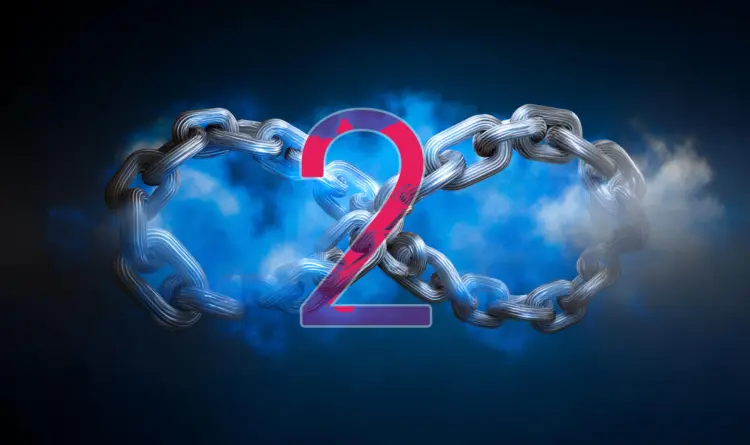The Blue Team refers to the cybersecurity professionals responsible for defending an organization’s systems, networks, and cloud environments from cyber threats. Blue Teams are tasked with detecting, analyzing, and responding to suspicious activity, managing security configurations, and maintaining continuous monitoring to ensure a strong security posture. In cloud environments, Blue Team operations extend to securing containers, serverless functions, identity and access configurations, and compliance controls across multi-cloud deployments.
What is a Blue Team?
A Blue Team is a group of defensive security specialists who monitor and protect an organization’s digital infrastructure. Their responsibilities include threat detection, vulnerability management, incident response, and post-incident forensics. Blue Teams work closely with Security Operations Centers (SOCs) and may collaborate with Red Teams (offensive security testers) as part of purple team exercises to improve overall resilience.
In cloud-first architectures, Blue Teams are critical for implementing and managing tools such as SIEM, CSPM, XDR, and SOAR. These teams help enforce security policies, investigate alerts, and remediate misconfigurations or vulnerabilities that could be exploited by threat actors.
Why Blue Teams matter
Blue Team functions are vital for:
- Real-time threat detection: Monitoring security events across systems and cloud services.
- Rapid incident response: Containing breaches before they spread.
- Compliance adherence: Demonstrating security controls to meet frameworks like NIST, PCI DSS, and SOC 2.
- Business continuity: Preventing downtime and data loss.
Organizations with strong Blue Team capabilities experience lower breach costs and shorter response times. Their ability to detect early indicators of compromise (IOCs) reduces the blast radius of attacks and helps maintain customer trust and regulatory compliance.
Blue Team roles and responsibilities
Blue Teams encompass a variety of specialized roles that contribute to an organization’s defensive capabilities. Common roles include:
- Security analysts: Monitor systems, investigate alerts, and triage incidents in real time.
- Threat hunters: Proactively search for undetected threats using hypothesis-driven techniques.
- Incident responders: Coordinate containment, eradication, and recovery efforts following security events.
- Security engineers: Build and maintain detection infrastructure, including log pipelines and telemetry systems.
- Compliance analysts: Ensure security controls align with internal policies and external regulations.
How Blue Teams work
Blue Teams use a range of tools and practices, including:
- SIEM platforms: Centralize log data and correlate security events.
- Threat intelligence: Informs detection rules and investigation playbooks.
- Cloud-native telemetry: Enables observability across distributed services.
- SOAR tools: Automate response workflows to reduce alert fatigue.
Team members monitor telemetry from endpoints, APIs, identity providers, and cloud workloads. When suspicious activity is detected, the team investigates the alert, determines the scope, and executes response actions—such as isolating workloads or revoking compromised credentials. Blue Teams also engage in regular tuning, tabletop exercises, and post-incident reviews to improve future response.
Security risks and challenges
Blue Teams face several challenges:
- Alert fatigue: Too many false positives can desensitize analysts.
- Cloud complexity: Ephemeral workloads and multi-cloud sprawl reduce visibility.
- Tool sprawl: Fragmented tooling hinders unified response.
- Skills gaps: Finding experienced cloud security talent is difficult.
- Communication silos: Lack of alignment with DevOps or IT can delay fixes.
These risks can lead to delayed detection, slower response, and missed threats. Cloud-specific threats—like misconfigured serverless functions or excessive IAM permissions—often evade traditional network-centric detection.
Best practices for effective Blue Teams
To improve Blue Team effectiveness:
- Centralize visibility with unified dashboards and cloud-native telemetry.
- Automate repetitive tasks using SOAR platforms.
- Invest in training and threat modeling exercises.
- Integrate with DevOps to shift security left and fix misconfigurations early.
- Leverage threat intelligence to stay ahead of emerging attack techniques.
- Continuously tune detection rules to reduce false positives and noise.
Purple teaming—collaborative exercises between Blue and Red Teams—can identify blind spots and improve detection coverage.
How Orca Security helps
The Orca Cloud Security Platform supports Blue Team operations by delivering comprehensive visibility and risk detection, prioritization, and remediation across multi-cloud environments without requiring agents. Orca offers Blue Teams the following capabilities:
- Prevents misconfigurations, vulnerabilities, and secrets from reaching production environments with advanced Application Security (AppSec) functionality
- Detects, prioritizes, and remediates all types of cloud risks
- Provides advanced Cloud Detection and Response (CDR), including real-time and agentless protection to keep sensitive workloads protected
By correlating risks to business impact, Orca helps Blue Teams prioritize critical issues and reduce alert fatigue. The platform integrates with SIEM and SOAR tools to enhance existing workflows, while delivering rich context for investigation and response. Continuous monitoring ensures Blue Teams are alerted to changes in security posture and emerging threats as cloud environments evolve.



